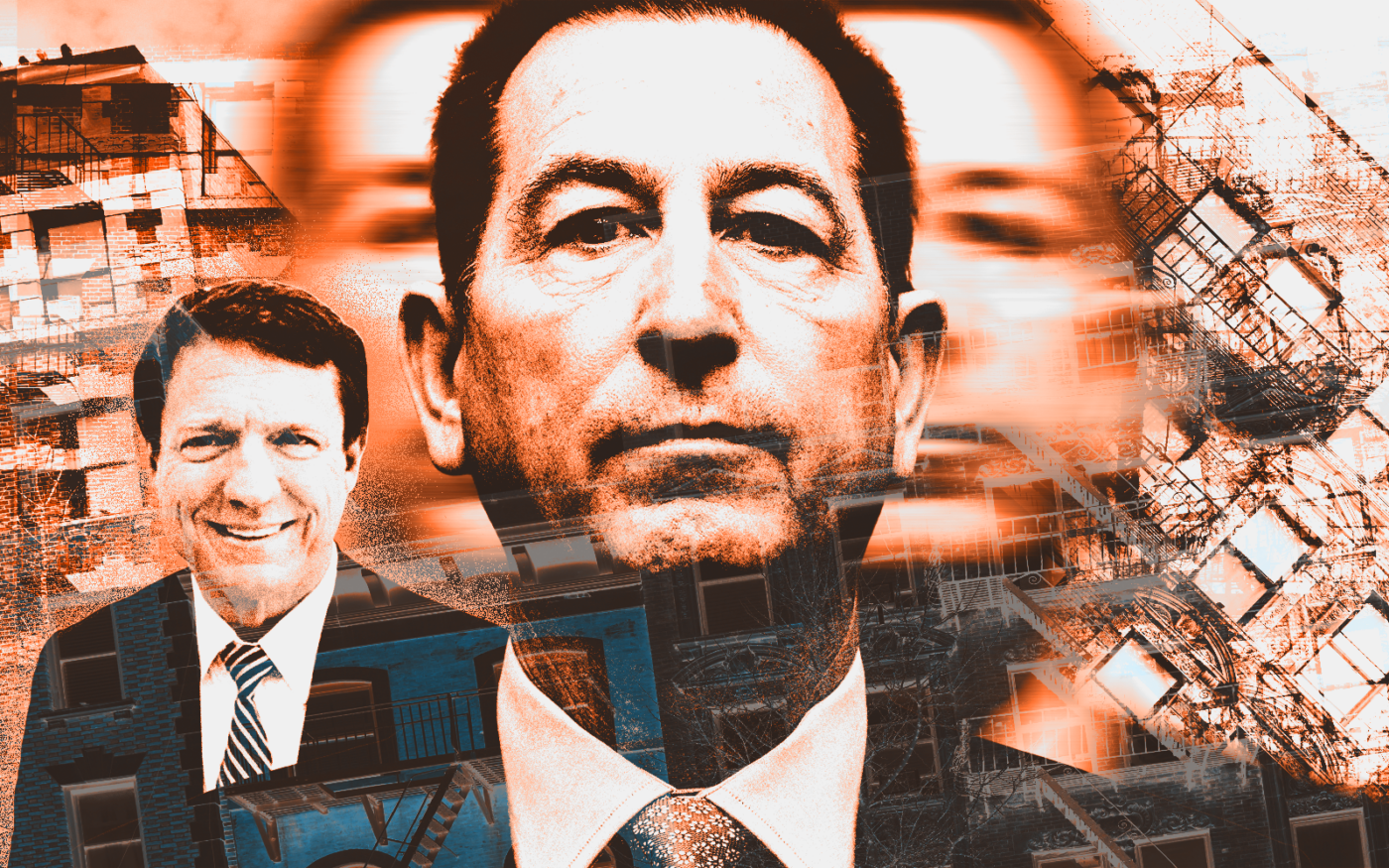New York Community Bank is working hard to right its ship, but the 2019 rent law is relentless.
The Long Island-based lender, saved from the brink of collapse in March, reported a 990 percent surge in loans with outsized default risk, marking $1.5 billion in the corresponding non-accrual category in the third quarter. About one-third of that debt is already delinquent and not generating interest; for the remainder, repayment is uncertain.
About half of NYCB’s multifamily loans are tied to rent-stabilized properties choked by revenue restrictions in the state’s rent law.
The surge in non-accruals comes as NYCB said it had effectively finished the review of its loan book it promised after disclosing weaknesses with “internal loan review.”
The bank nearly quadrupled its loss reserves in response to the surge in distress, bringing its provision for loan losses to $242 million in the third quarter and a projected $1.1 billion to $1.2 billion for this year.
The metric is recorded as an expense and delivered a blow to NYCB’s earnings. The bank reported a net loss of $289 million or 79 cents per diluted share, compared to a profit of $199 million or 81 cents per share a year ago.
More non-accruals signal the bank sees more pain ahead. The category designates loans on which borrowers would struggle to make payments if interest rates reset at today’s market rate.
Nearly $20 billion of NYCB’s multifamily loans will reset between now and 2027.
Chief Credit Officer Kris Gagnon said that debt has a higher risk of default if buildings’ cash flow is either “impaired or insufficient to service loans.”
For heavily rent-regulated properties, that’s all but universal. Owners are being sucked dry as expenses rise and revenues remain more or less flat.
Still, NYCB, with former comptroller of the currency Joseph Otting at the bow as CEO, is trying to chart a course toward repayment.
Borrowers paid off about one-third of the $2.1 billion in multifamily debt that repriced this year. The remainder stayed on the bank’s balance sheet. About 10 percent of those loans are late on payments, NYCB reported.
NYCB reported $240 million in net charge-offs or debt marked unrecoverable in the third quarter and Chief Financial Officer Craig Gifford said the bank expects a similar level of fourth-quarter charge-offs, or, best case scenario — slightly less.
To stem reported losses, NYCB is trying to offload bad debts. It moved about $174 million in non-accrual loans to its held for sale bucket in the quarter. Compared to the $1.5 billion in non-accruals it reported, that’s a drop in the bucket.
“What’s causing those non-accrual loans to remain on the balance sheet for longer?” Morgan Stanley Analyst Manan Gosalia asked. “Is it that you’d rather not sell them given the pricing being offered in the open market?”
“In some cases … we’ve looked at [sales] and we think it can be better working them out ourselves, as opposed to selling,” Gagnon replied, signaling pricing is not where it should be.
The bank has hit some benchmarks. It reduced its loan book by 11 percent year over year to around $77 billion to cut exposure to commercial real estate and multifamily. It boosted cash balances, a hedge against runs, by 118 percent in the same period.
NYCB also reported 11 percent deposit growth since March, when a midday sell-off prompted former Treasury Secretary Steven Mnuchin’s Liberty Strategic Capital and others to save its skin with a $1 billion equity infusion.
Read more



Despite that progress, the bank is shedding its name.
NYCB, which merged with Flagstar a couple of years back, is changing its holding company name to Flagstar Financial, and its ticker in tow. The rebrand figures to be a move to distance itself from near disastrous 2024, and what could be a tough few years to come.
CORRECTION: This article initially stated NYCB reported a 990% increase in delinquencies in the third quarter. In actuality, the bank reported a 990% increase in non-accruals, meaning loans either 90+ days delinquent or those on which the bank has deemed repayment uncertain.
